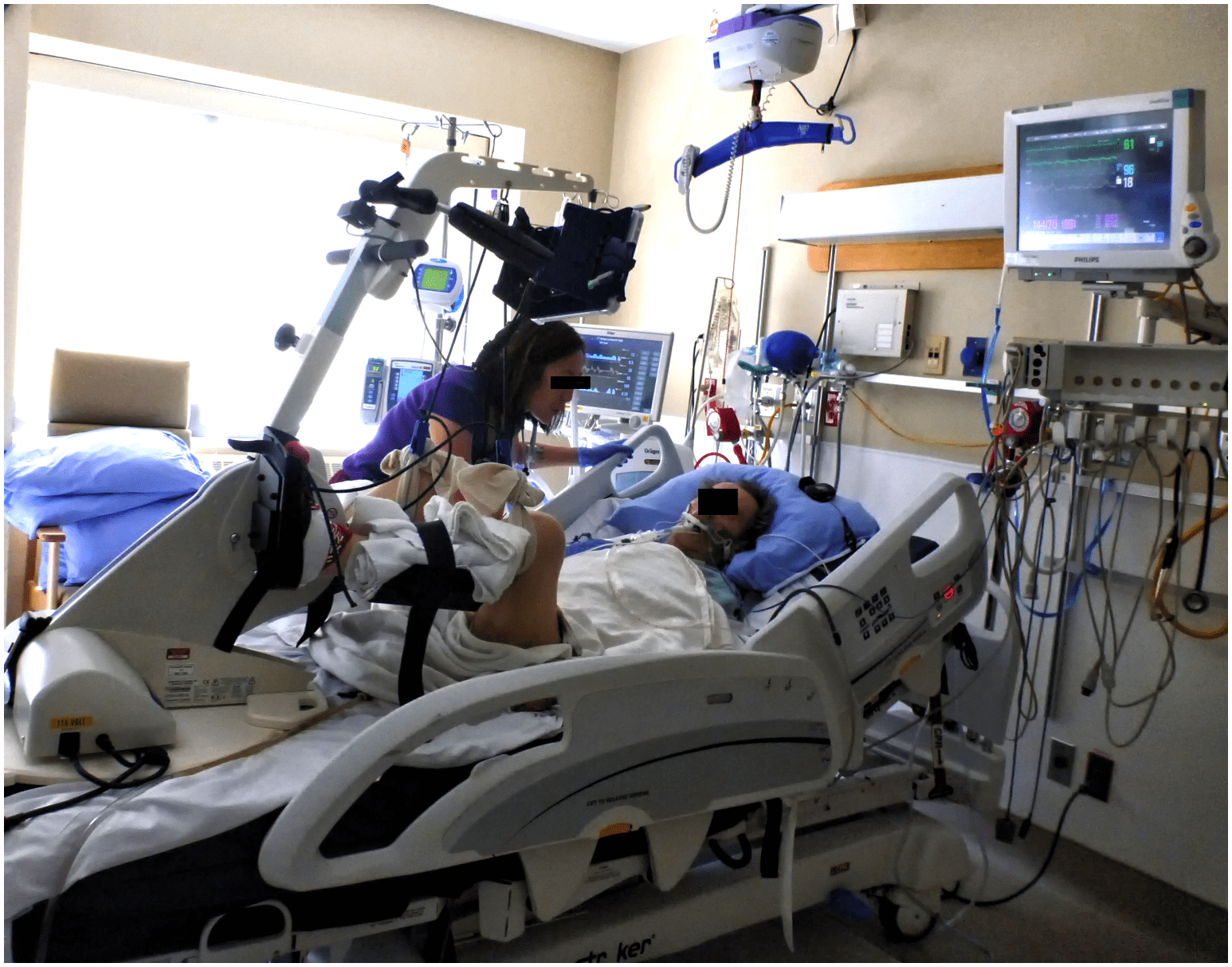

A small pillow or donut should be used to stabilize the head, as an extreme rotation of the head during surgery can lead to occlusion of the vertebral artery.įowler’s position, also known as semi-sitting position, is a bed position wherein the head of the bed is elevated 45 to 60 degrees. Supine is frequently used on procedures involving the anterior surface of the body (e.g., abdominal area, cardiac, thoracic area). Prevent prolonged plantar flexion and stretch injury of the feet by placing a padded footboard. Heels must be protected from pressure by using a pillow or ankle roll. Small pillows may be placed under the head to lumbar curvature.
#All my patients are under the bed skin#
Assess for skin breakdown and pad bony prominences. Supine position may put patients at risk for pressure ulcers and nerve damage. Supine or dorsal recumbent is used for general examination or physical assessment. It provides comfort in general for patients under recovery after some type of surgery. In supine position, legs may be extended or slightly bent with arms up or down. Supine position, or dorsal recumbent, is wherein the patient lies flat on the back with head and shoulders slightly elevated using a pillow unless contraindicated (e.g., spinal anesthesia, spinal surgery). The following are the commonly used patient positions, including a description of how they are performed and the rationale: Supine or Dorsal Recumbent Position


Observe good body mechanics for your and your patient’s safety. When moving patients, lift rather than slide to prevent friction that can abrade the skin making it more prone to skin breakdown. Repositioning the patient every two hours helps prevent complications like pressure ulcers and skin breakdown. Note that any correct or incorrect position can be detrimental to the patient if maintained for a long time. Adjust or reposition the client’s bed so that the weight is at the nurse’s center of gravity level. Bed boards, slide boards, pillows, patient lifts, and slings can facilitate the ease of changing positions. Positioning may not be a one-person task. When planning to move or reposition the client, ask for help from other caregivers. It will also be a form of exercise, increasing the client’s independence and self-esteem. Clients that can assist will save strain on the nurse. Determine if the client can fully or partially assist. Encourage the client to assist as much as possible.Rapport with the patient will make them more likely to maintain the new position. Explain to the client why their position is being changed and how it will be done. Remember these principles and guidelines when positioning clients: Proper execution is needed during patient positioning to prevent injury for both the patient and the nurse. Proper positioning allows ease of surgical access as well as for anesthetic administration during the perioperative phase. In surgery, proper positioning is a way to respect the patient’s dignity by minimizing exposure of the patient, who often feels vulnerable perioperatively. Maintaining patient dignity and privacy.Proper positioning promotes comfort by preventing nerve damage and by preventing unnecessary extension or rotation of the body. Impaired venous return to the heart and ventilation-to-perfusion mismatching are common complications. Support the patient’s airway and maintain circulation throughout the procedure (e.g., surgery, examination, specimen collection, and treatment). Specifically, patient positioning goals include: The ultimate goal of proper patient positioning is to safeguard the patient from immobility injury and physiological complications. In most settings, proper positioning of patients provides airway management and ventilation, maintains body alignment, and provides physiologic safety. In surgery, specimen collection, or other treatments, proper patient positioning provides optimal exposure to the surgical/treatment site and maintenance of the patient’s dignity by controlling unnecessary exposure. Positioning patients is an essential aspect of nursing practice and a responsibility of the registered nurse. Patient positioning involves properly maintaining a patient’s neutral body alignment by preventing hyperextension and extreme lateral rotation to prevent complications of immobility and injury. Support Devices for Patient Positioning.


 0 kommentar(er)
0 kommentar(er)
